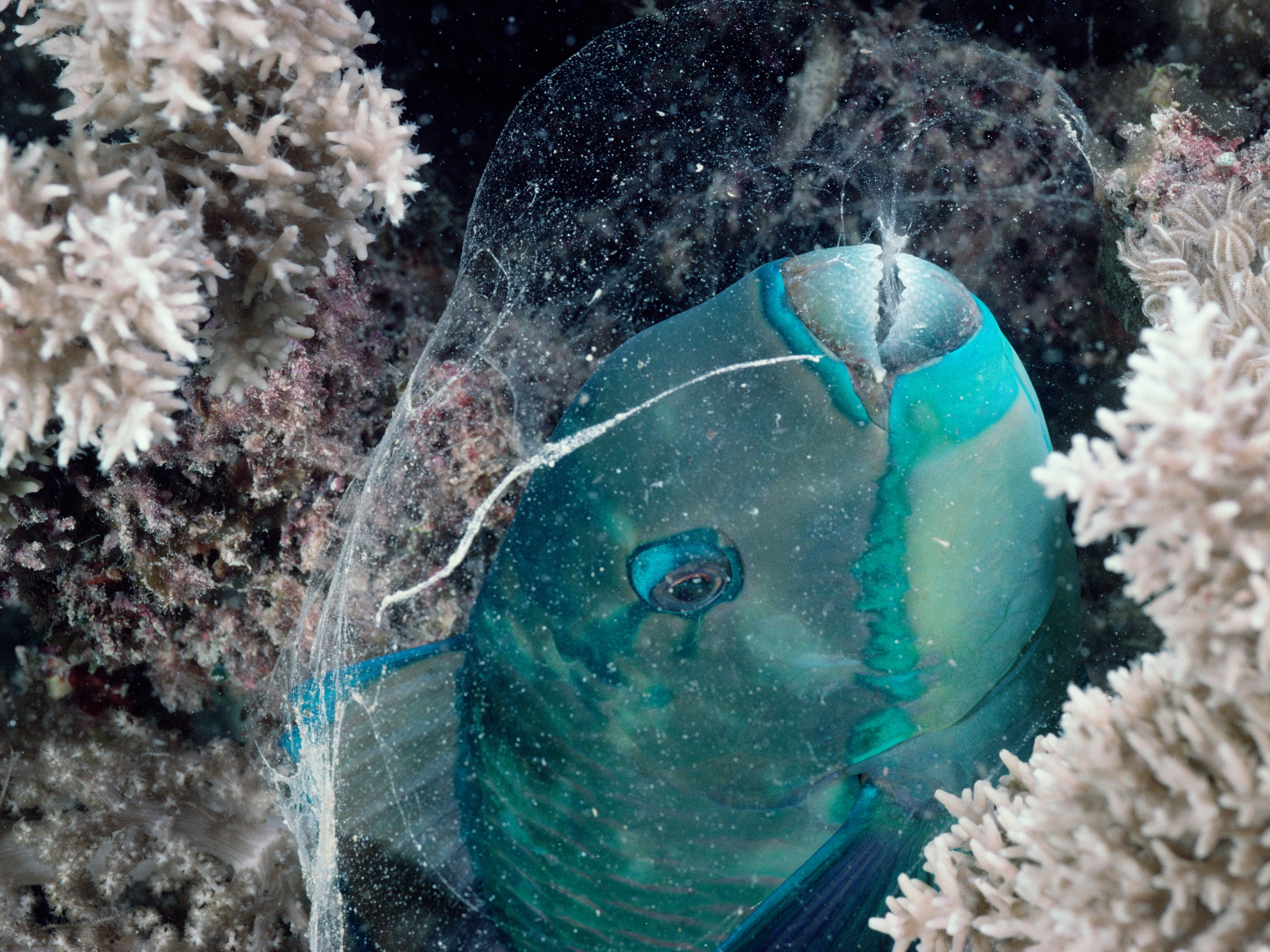
Fears of 'Testicle-Eating' Fish Overblown
Danish male swimmers, your testicles are (probably) safe.
Danish male swimmers, you can go back into the water now.
The recent capture of a fish species off the coast of Denmark that is rumored to sometimes mistake human male genitalia for nuts sparked fears of "testicle-eating fish" invading Scandinavian waters—and even led experts to caution men to keep their swimsuits well tied.
(Invasive Pacu Fish With Human-Like Teeth Found in New Jersey)
But the scientists say that their warning wasn't intended to be taken seriously, and that it's highly unlikely that swimmers will encounter a pacu, as the fish is called.
"All we said last week (with a smile) was that male swimmers should keep their pants on in case there are more pacus out there in our cold Baltic waters," Peter Rask Møller, a fish expert at Denmark's University of Copenhagen, said in an email.
"Its teeth and powerful bite can for sure be dangerous, but to meet one here and [have it bite you] is highly unlikely, of course."
Lars Skou Olsen, curator of Copenhagen's Blue Planet Aquarium, said that the pacu's predilection for private parts is overblown and probably not even true.
"I think it's just a rumor," Olsen said. "There's no need for swimmers to worry at all. They will be lucky if they see [a pacu]."
The pacu that was found is the only one that has ever been caught in the wild in Scandinavian waters. It was captured on August 4 in the strait of Oresund, which separates Denmark and Sweden, by fisherman Einar Lindgreen, who spotted the red-bellied, big-toothed fish among the eels and perch in his net.
From the creature's size—it was around 8 inches (20 centimeters) long—Olsen thinks it was young, only about a year old.
We asked Olsen, whose aquarium features pacus, to talk more about this attention-grabbing fish.
What does a pacu look like?
Pacus look like piranhas when they're not very old. This individual that was found was young, and it had a red belly and a silver back.
What part of the world does the pacu come from?
They come originally from South America, where they live in the rivers of the Amazonian area.
No one ever thought that a pacu could live in the wild in Denmark, first of all because the water temperature is too low. And no one ever in their minds imagined that it could live in the sea. It's a freshwater fish. It lives in the Amazon River where there's no salt at all. That this fish thrived in the seas is a mystery.
Did the fish that was caught appear sickly?
No, it looked like it was doing really well. It was alive when they caught it, and it was still kicking. But I think in a month or so, it would have died due to the low temperature that will come very soon.
How long do pacus live?
In our aquarium, we have had some pacu fish live for nearly 20 years. They grow very big when they're old, around 20 kilos (44 pounds).
You've said that you don't think the pacu that was caught came from your aquarium because it's too small, and because the facility has fish filters in place to prevent escapes. Where do you think the pacu came from?
My theory is that during the holiday, someone who had the fish in an aquarium at home set it free in the ocean.
Is the sale of pacus legal in Denmark?
Yes, they're sold legally. Only poison fish are banned in Denmark.
Do pacus make good pets?
Yeah, they're excellent pets. The only problem is they grow too big for people's home aquariums. Many people mistake the fish for piranhas, and many pet stores sell them as piranhas.
Often we have people calling us saying they have some piranhas that have grown too big for their tanks. And when you ask them how big the fish are, you know they can't be piranhas.
What do pacus eat?
They eat lots of things, but mainly vegetables, which they love. In the wild, they eat nuts falling down into the water. They have very powerful jaws that they use to crack the nuts. That's no problem for them. They also eat fish. In our aquarium, they eat fish as well as greens.
How many pacus do you have in your aquarium? And how big are they?
We have six to eight pacus. When we buy them, they're 5 to 10 centimeters (2 to 4 inches) long, and it takes them five to six years before they're around 20 kilos (44 pounds) and about a meter (3 feet) long.
They're very powerful. We moved from our old aquarium earlier this year, and we moved some big pacus, and when you get them in the net, they will drag you around in the tank until you get them up.
Are piranhas and pacus related?
Yes, they're related. In fact, when the pacu are young, they hide between schools of piranhas in the wild for protection [from their predators]. They're secure among the sharp-toothed piranhas. That's why they have the same colors as piranhas. When they grow older, they run away from the piranha schools and live on their own.
Do you think there could be more pacus out in the ocean?
Yes. Normally, when you buy pacu fish, you buy eight to ten. One pacu is a lonely pacu, so people typically buy more than one. So my guess is there could be more out there.
But you don't think swimmers need to worry about them?
No. They fear humans and will try to escape.
Follow Ker Than on Twitter.








